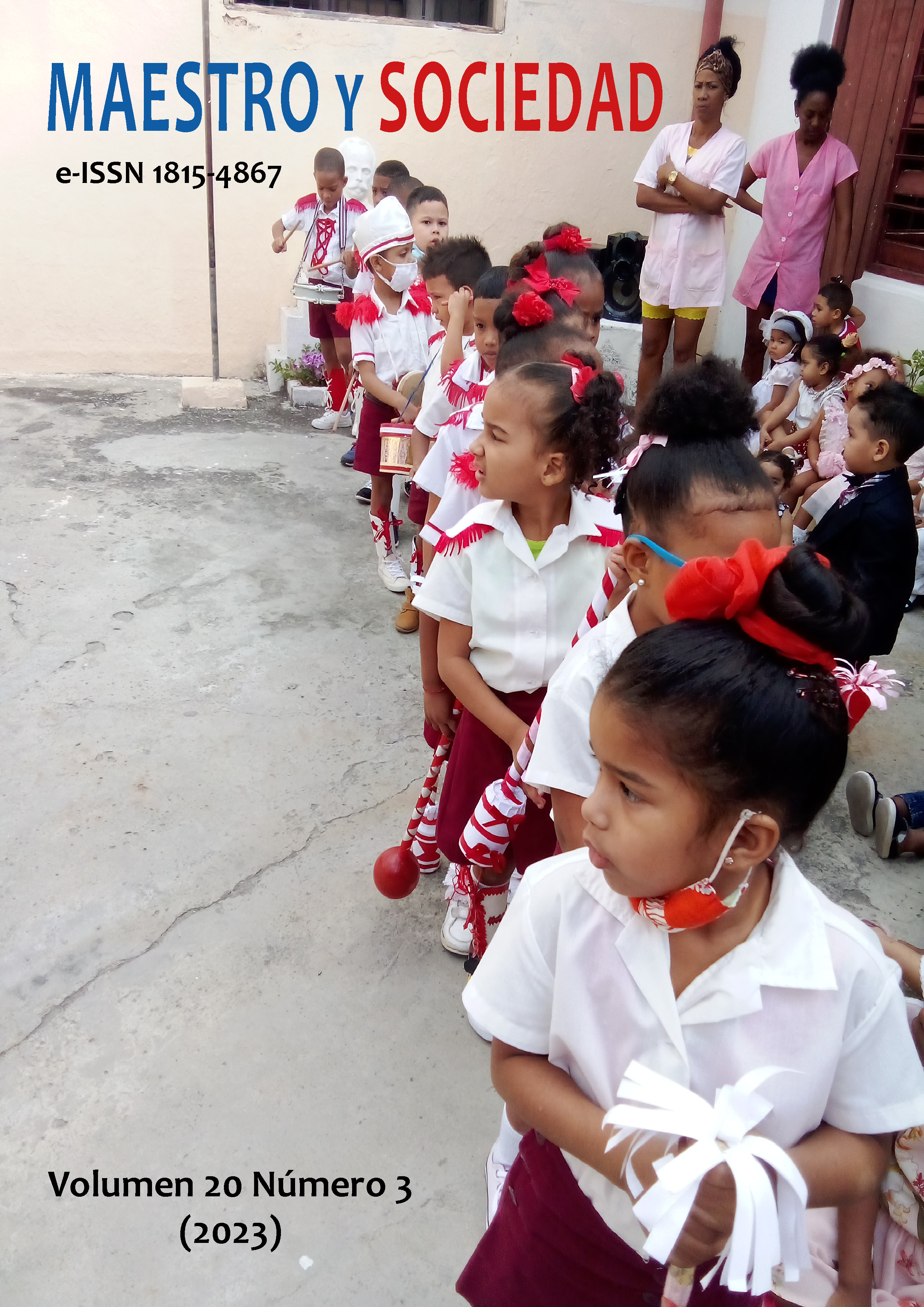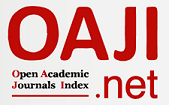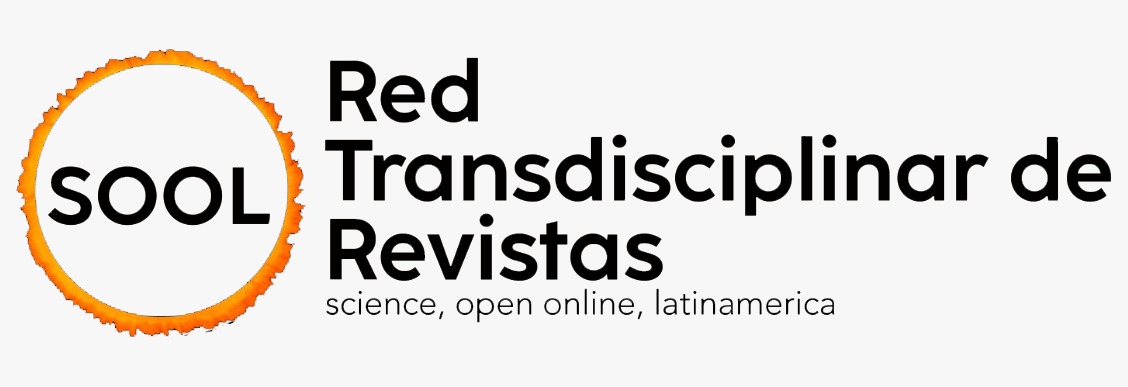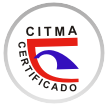Dupont model applied to heavy transport in the city of Guayaquil
Dupont model applied to heavy transport in the city of Guayaquil
Keywords:
Performance, model, cost-effectiveness, transportationAbstract
Introduction: In the present investigation the results that were obtained after carrying out the search and the respective gathering of information are exposed; in which the Dupont Model was chosen as a measurement tool, which through the application of financial indices allowed evaluating the profitability of heavy-duty companies in the city of Guayaquil during the period 2016 to 2021. Materials and methods: The modality The research is of a mixed type (quantitative) since the financial situation of the cargo companies was analyzed to verify the profitability of the heavy cargo transport sector in Guayaquil, period 2016-2021. Results: An ROA of 3.92% in 2016 to 4.26% in 2021 was obtained, which represents a growth of 0.34%, which translates to: for every $100 dollars invested, a net profit of $4.26 dollars was obtained. Discussion: The constant monitoring on a quarterly basis will contribute to the control of the variation of the costs of the main factors that make up the operational logistics of the heavy cargo transport sector, in such a way that it allows timely decision making, in addition to evaluating the evolution in income and profitability obtained. Conclusions: In 2020 the yields decreased considerably, being the lowest in the last 6 years, this decrease in income in companies can be attributed to the COVID 19 pandemic, these data show a clear post-COVID 19 economic recovery.
References
Creación del Ministerio de Transporte y Obras Públicas, Pub. L. No. 8, 14 (2008). https://linkinghub.elsevier.com/retrieve/pii/S0886779818300099
Fisher, E., Santana G. and Martínez, T, A. (2019). Bringing the Virtual to Reality-How Virtual Reality Can Enhance People’s Health and Social Lives. Neurol Res Surg, 2.1, 1-10.
Ledesma, F., & Malave González, B. E. (2022). Patrones de comunicación científica sobre E-commerce: un estudio bibliométrico en la base de datos Scopus. Región Científica, 1(1), 202213. https://doi.org/10.58763/rc202214
Merika, A., Theodoropoulou, S., Triantafyllou, A., & Laios, A. (2015). The relationship between business cycles and capital structure choice: The case of the international shipping industry. Journal of Economic Asymmetries, 12(2), 92–99. https://doi.org/10.1016/j.jeca.2015.04.001
Ministerio de Transporte y Obras Publicas. (2022). Estadisticas Portuarias y de Transporte Maritimo 2021 (Vol. 59).
Novelli, M., Schmitz, B., & Spencer, T. (2006). Networks, clusters and innovation in tourism: A UK experience. Tourism Management, 27(6), 1141–1152. https://doi.org/10.1016/j.tourman.2005.11.011
Pinaya, E., & Trávez, C. (2015). Análisis de riesgo de crédito del Sector Financiero Popular y Solidario. Superintendencia de Economía Popular y Solidaria, 01–21.
Pontius, N. (2019). What is inventory management? Camcode, 1–2. https://www.brightpearl.com/inventory-management-system
Rejeb, A., Suhaiza, Z., Rejeb, K., Seuring, S., & Treiblmaier, H. (2022). The Internet of Things and the circular economy: A systematic literature review and research agenda. Journal of Cleaner Production, 350(April 2021), 131439. https://doi.org/10.1016/j.jclepro.2022.131439
Rodríguez, L. A., Bernal, M. E., & Cuervo, L. M. (2011). Innovación social y desarrollo económico local. CEPAL - Serie Políticas Sociales, No. 170(División de Desarrollo social), 71.
Rodriguez Rivera, H. F. (2020). Análisis de la rentabilidad aplicando el modelo DUPONT en empresas de transporte de carga pesada en la provincia del Carchi. SATHIRI, 15(2), 9–21. https://doi.org/10.32645/13906925.976
Romney, M. B., Steinbart, P. J., Brigham, S. L. S., & Wood, D. A. (2021). Accounting information systems (15th ed.). Pearson Education Limited. https://doi.org/10.4324/9781315629520-20
Rusinov, I., & Ouami, A. (2022). Key Profitability Factors for Strategic Alliances in Shipping Industry. IOP Conference Series: Earth and Environmental Science, 988(4), 042043. https://doi.org/10.1088/1755-1315/988/4/042043
Sahin, B., Yilmaz, H., Ust, Y., Guneri, A. F., & Gulsun, B. (2009). An approach for analysing transportation costs and a case study. European Journal of Operational Research, 193(1), 1–11. https://doi.org/10.1016/j.ejor.2007.10.030
Schneider, U. M., & Bulcke, P. (2020). Creating Shared Value and Sustainability Report 2020. https://www.nestle.com/sites/default/files/2021-03/creating-shared-value-report-2020-en.pdf
Servicio de Rentas Internas. (2022a). Catastros - Servicio de Rentas Internas. https://www.sri.gob.ec/catastros
Downloads
Published
How to Cite
Issue
Section
License
Copyright (c) 2023 Victor Danilo Lazo Alvarado, Wilfrido Giovanny Wasbrum Tinoco, Wendy Esthela Wasbrum Tinoco, Laura María Palma Perero

This work is licensed under a Creative Commons Attribution-NonCommercial-NoDerivatives 4.0 International License.
This journal provides immediate open access to its content, based on the principle that offering the public free access to research helps a greater global exchange of knowledge. Each author is responsible for the content of each of their articles.



























 Universidad de Oriente
Universidad de Oriente 